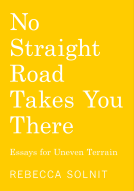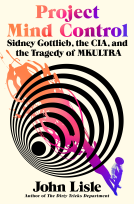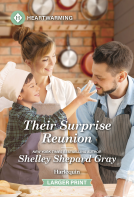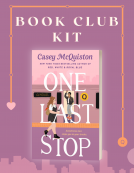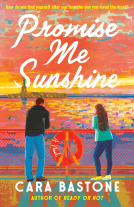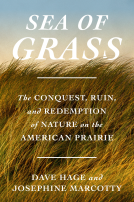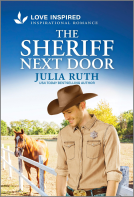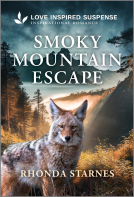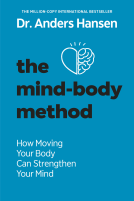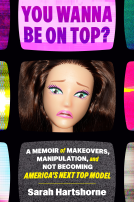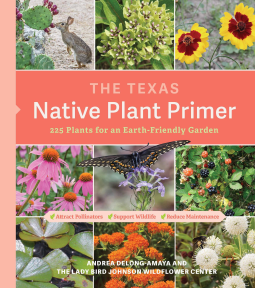
The Texas Native Plant Primer
225 Plants for an Earth-Friendly Garden
by ; Andrea DeLong-Amaya
This title was previously available on NetGalley and is now archived.
Send NetGalley books directly to your Kindle or Kindle app
1
To read on a Kindle or Kindle app, please add kindle@netgalley.com as an approved email address to receive files in your Amazon account. Click here for step-by-step instructions.
2
Also find your Kindle email address within your Amazon account, and enter it here.
Pub Date Mar 04 2025 | Archive Date Mar 04 2025
Talking about this book? Use #TheTexasNativePlantPrimer #NetGalley. More hashtag tips!
Description
Do you want a garden that makes a real difference? Choose plants native to our Texas. The rewards will benefit you, your yard, and the environment—from reducing maintenance tasks to attracting earth-friendly pollinators such as native birds, butterflies, and bees. Native plant expert Andrea DeLong-Amaya and the world famous Lady Bird Johnson Wildflower Center make adding these superstar plants easier than ever before, with proven advice that every home gardener can follow.
This incomparable sourcebook includes native ferns, grasses, wildflowers, perennials, vines, shrubs, and trees. It’s everything you need to know to create a beautiful and beneficial garden.
Available Editions
| EDITION | Other Format |
| ISBN | 9781643261102 |
| PRICE | $24.99 (USD) |
| PAGES | 252 |
Available on NetGalley
Featured Reviews
 Kerry P, Reviewer
Kerry P, Reviewer
I just joined the local chapter of the Native Plant society and I am trying to landscape the yard at my new house so this book will come in handy:
 Media/Journalist 16509
Media/Journalist 16509
This is a great guide for Texas gardeners. The author goes into a lot of reasons to plant native plants and then features detailed information with photos for over 200 plants.
I do wish the author was a little more wildlife friendly. One of the main reasons to plant native plants is to support wildlife — including insects and animals, obviously. Caterpillars not only turn into moths and butterflies (which are both beautiful and necessary pollinators) but they are crucial food sources for birds and have a right to be here on their own past all the ways they contribute. Despite all this, the author gives advice like hand picking caterpillars off plants and even using Bt which also kills other insects and butterflies. There’s also lots of talk about how to deter deer and so on. Native gardens are beautiful and beneficial for us humans, but it’s time for us to also recognize that other creatures should be able to share the benefits. I have no deterrents in my gardens and take no steps against anything from rabbits to cabbage moths to aphids to squirrels, and I have found that they are completely a non-issue. Nature keeps it all in balance and the result is a yard full of birds, butterflies and blossoms, with more than enough for everyone.
I also was surprised the author praises cultivars so much in plant profiles, after she points out the serious problems with them earlier in the book. By frequently recommending cultivars instead of the true natives, she is undermining the whole point of planting native plants. I wonder if others wrote some of these descriptions or if the essay about the harms of cultivars was just lip service.
That said, it’s a fantastic primer on native plants in the region.
I read a temporary digital loan of this book for review.
A lovely and informative book about native plants in Texas. I liked it enough to order a copy for reference as I plan for future garden ideas. I especially like that each plant profile includes maintenance information. My only wish is that the organization put more focus on the ecoregions. There is a section that covers it, but it would have been helpful to have the plants organized by ecoregion so I could easily identify what I can grow in my area without having to sift through all the plant profiles.
 Reviewer 1296969
Reviewer 1296969
This book featured clear photos and concise information about numerous native Texas plants. It will be an invaluable resource for not only growing and identifying the plants in your area, but also sustaining the ecosystem that's vital for these plants to flourish.
